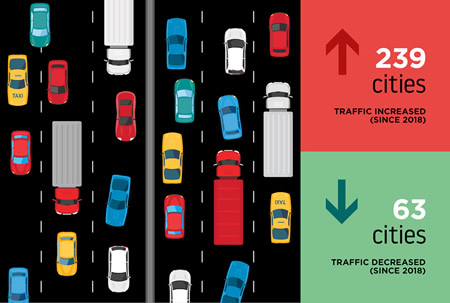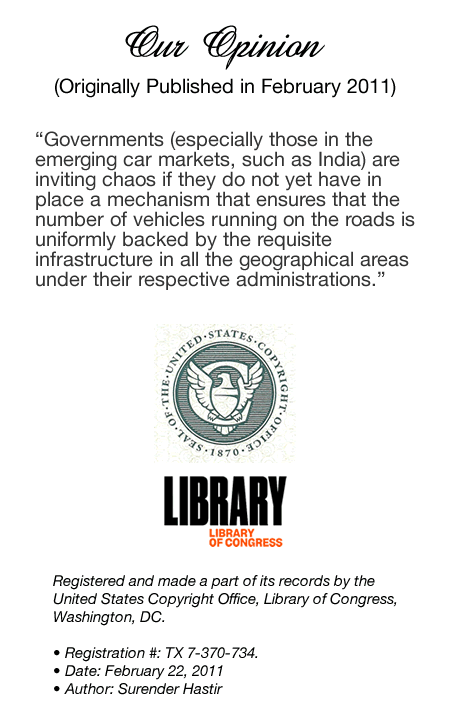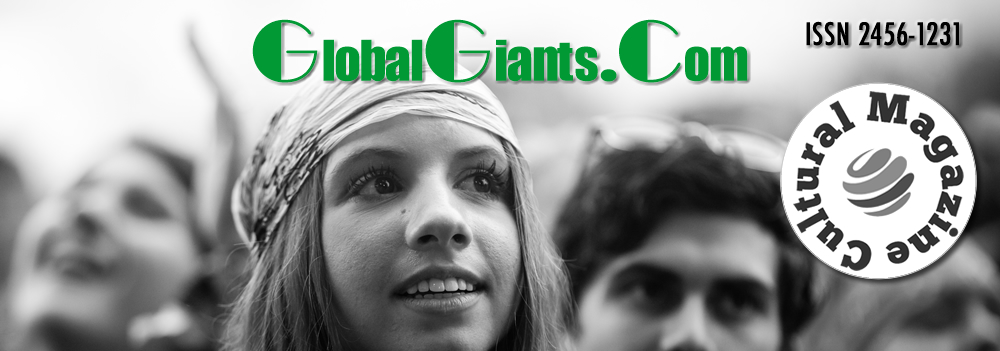« Chandigarh University Launches Financial Aid Program for the Meritorious and Deserving Students to Overcome Financial Crisis During COVID-19 | Main | Insider Tips from a Top Model, Tiana Pongs »
June 28, 2020
TomTom Traffic Index: Global Traffic Congestion Up as Bengaluru takes Crown of ‘World’s Most Traffic Congested City’

Amsterdam, The Netherlands — Location technology specialist TomTom recently released the TomTom Traffic Index results, a report detailing the traffic situation in 416 cities in 57 countries. Bengaluru takes the top spot this year with drivers in the southern Indian city expecting to spend an average of 71% extra travel time stuck in traffic. Next in the global rankings are Philippine capital, Manila (71%); Bogota in Colombia (68%); last year’s most congested city, Mumbai (65%); and Pune (59%), also in India; making up the top five most congested cities in the world.
Greater Moscow takes the lead in Europe (59%) with Istanbul (55%) coming a close second. Kyiv (53%), Bucharest (52%), and Saint Petersburg (49%) make up the rest of the top five. Paris (39%), Rome (38%), and London (38%) ranked in at 14th, 15th, and 17th, respectively.
In the US, the top five most congested cities are Los Angeles (42%), New York (37%), San Francisco (36%), San Jose (33%), and Seattle (31%).
Congestion up, globally: At what cost?
Traffic congestion has increased globally during the last decade. The 239 cities (57%) TomTom included in the new Traffic Index report had increased congestion levels between 2018 and 2019, with only 63 towns showing measurable decreases. Despite being an indicator of a strong economy, this global increase in Congestion costs economies billions.
Ralf-Peter Schäfer, TomTom’s VP of Traffic Information, said: “Globally, there’s a long road to travel until we bring congestion levels under control. In time, the rise of autonomous vehicles and car-sharing services will alleviate Congestion, but planners and policymakers can’t afford to sit and wait. They need to use all the tools available to analyze traffic levels and impacts so that they can make critical infrastructure decisions. And drivers have a role to play too. Small changes in driving behaviors can make a substantial difference.”
Analyzing real-time incidents and Congestion to predict traffic before it happens, TomTom’s Real-Time Traffic makes TomTom navigation software more accurate with enhanced route calculations and correct Estimated Time of Arrival (ETA). According to TomTom, it is a market leader, with its traffic technology in millions of cars on the road. Further, its Traffic Analysis knows the way ahead, saving time, fuel, and stress for drivers, fleet and logistics providers, on-demand services (ride-hailing, food delivery), and traffic management services.
The location technology specialist’s work on the future of driving - from high definition maps for autonomous vehicles to efficient electric vehicle routing and charging - means that carmakers, technology companies, road authorities, and governments already have the tools to make the roads less congested.
How do you beat traffic congestion?
Next time you are heading into traffic, consider these helpful tips from TomTom:
Plan before you go: Taking a few moments before heading out the door to inform yourself on the road conditions on the way to your destination will help you consider your alternatives and decide on the best course of action.
Trust technology to help you. It may be uncomfortable to take the road less traveled simply because your navigation app. suggests it’s the fastest one. Often, if you cannot see that a path is indeed congested, it is hard to believe it. Dare to take the alternative route offered by up-to-date navigation because it is basing its recommendation on real-time traffic conditions on the direction you are taking.
Change your driving habits. Most often, traffic will peak at certain times of the day, depending on location.
Consider alternatives. Does your trip have to be made by car? If your planned activity is time-sensitive and cannot change your departure times, consider ride-sharing, public transport, or non-motorized options such as cycling or scooters.
Work with your city. Ultimately, improving mobility in our cities is a collaborative effort. Together, city authorities, vehicle manufacturers, traffic signal system providers, parking facilities, traffic information providers, shared mobility providers, startups and, most importantly, the public, are experimenting and transforming cities worldwide. Inform yourself of the initiatives taking place in your urban area and how you can benefit from them.
Ranking of the most congested cities Globally (Overall daily congestion level - extra travel time - population over 800,000):
- Bengaluru, India 71%
- Manila, Philippines 71%
- Bogota, Colombia 68%
- Mumbai, India 65%
- Pune, India 59%
- Moscow, Russia 59%
- Lima, Peru 57%
- New Delhi, India 56%
- Istanbul, Turkey 55%
- Jakarta, Indonesia 53%
Ranking of the most congested cities in Europe (Overall daily congestion level - extra travel time - population over 800,000):
- Moscow, Russia 59%
- Istanbul, Turkey 55%
- Kyiv, Ukraine 53%
- Bucharest, Romania 52%
- Saint Petersburg, Russia 49%
- Dublin, Ireland 48%
- Odesa, Ukraine 47%
- Novosibirsk, Russia 45%
- Samara, Russia 44%
- Kharkiv, Ukraine 43%
Ranking of the most congested cities in the United States of America (Overall daily congestion level - extra travel time - population over 800,000):
- Los Angeles, USA 42%
- New York, USA 37%
- San Francisco, USA 36%
- San Jose, USA 33%
- Seattle, USA 31%
- Miami, USA 31%
- Washington, USA 29%
- Chicago, USA 28%
- Honolulu, USA 28%
- Austin, USA 27%
Ranking of the most congested cities in South America (Overall daily congestion level - extra travel time - population over 800,000):
- Bogota, Colombia 68%
- Lima, Peru 57%
- Recife, Brazil 50%
- Rio De Janeiro, Brazil 46%
- Sao Paolo, Brazil 45%
- Santiago, Chile 44%
- Salvador, Brazil 43%
- Fortaleza, Brazil 37%
- Belo Horizonte, Brazil 35%
- Porto Alegre, Brazil 35%
Ranking of the most congested cities in Asia (Overall daily congestion level - extra travel time - population over 800,000):
- Bengaluru, India 71%
- Manila, Philippines 71%
- Mumbai, India 65%
- Pune, India 59%
- New Delhi, India 56%
- Jakarta, Indonesia 53%
- Bangkok, Thailand 53%
- Tel Aviv, Israel 46%
- Tokyo, Japan 42%
- Chongqing, China 41%
Ranking of the most congested cities in Africa (Overall daily congestion level - extra travel time - all population sizes):
- Cairo, Egypt 40%
- Cape Town, S. Africa 32%
- Johannesburg, S. Africa 30%
- Pretoria, S. Africa 25%
- East London, S. Africa 22%
- Durban, S. Africa 19%
- Bloemfontein, S. Africa 13%
Ranking of the most congested cities in Australia and Oceania (Overall daily congestion level - extra travel time - all population sizes):
- Sydney, Australia 33%
- Auckland, New Zealand 31%
- Melbourne, Australia 30%
- Wellington, New Zealand 28%
- Hamilton, New Zealand 25%
- Brisbane, Australia 25%
- Adelaide, Australia 24%
- Gold Coast, Australia 24%
- Hobart, Australia 23%
- Christchurch, New Zealand 21%
Headquartered in Amsterdam with offices in 30 countries, TomTom is a leading independent location technology specialist. It shapes mobility with maps, navigation software, real-time traffic information, and services.
Source: TomTom
|GlobalGiants.Com|








Edited & Posted by the Editor | 1:05 PM | Link to this Post







